Alumni and Friends
Los Angeles Human Exposure and Long Term Health Study
(LA HEALTH Study)
Executive Summary
In response to the devastating Los Angeles wildfires of January 2025, an unprecedented collective scientific effort has been launched to understand the short- and long-term health impacts on millions of affected residents. The Los Angeles Fire Human Exposure and Long-Term Health Study (LA Fire HEALTH Study) brings together researchers from four leading universities in a groundbreaking 10-year research initiative. This multi-institutional consortium, led by researchers from Harvard T.H. Chan School of Public Health, the UCLA Fielding School of Public Health, University of California, Davis, and the University of Texas at Austin, combines expertise in environmental exposure assessment, health outcomes, wildfire risk assessment and management, and data science.
The wildfires that began in early January 2025 killed 29 people, destroyed more than 16,000 structures, and exposed millions to toxic smoke. This vital research, catalyzed by a visionary gift from the Spiegel Family Fund, creates a compelling opportunity for additional philanthropists and foundations to advance our understanding of environmental exposures that increasingly affect communities worldwide.
The Crisis: An Unprecedented Environmental Health Challenge
The January 2025 Los Angeles wildfires represent more than an immediate emergency—they constitute an environmental health crisis with implications that will unfold over decades. The complex mixture of pollutants released during urban wildfires creates unique exposure patterns that demand rigorous scientific investigation:
- Wildfire smoke carries toxic particles and gases hundreds of miles beyond the burn zones
- Urban fires release complex chemical mixtures from incinerated buildings, vehicles, and infrastructure
- Settled ash and debris contain hazardous materials that become resuspended during recovery and cleanup
- Communities face ongoing exposure through contaminated soil, water, and air
Our previous research demonstrates there is no safe distance from wildfire smoke exposure, as airborne pollutants can travel thousands of miles from their source. Studies have shown that wildfire smoke can interfere with immune system function, heart, brain, and lungs with evidence linking exposure to increased risk of various health conditions.
The LA HEALTH Study is a wonderful reflection of team science. And through collaboration with multiple institutions and across disciplines, we can really affect change and find results that the community needs.
Dr. Kari Nadeau
The Human Impact
The fires have created a cascading health crisis affecting millions of Los Angeles residents:
- Acute respiratory symptoms and worsening of existing lung conditions, from asthma to COPD
- Neurological impacts, including headaches, cognitive issues, and potential long-term brain health effects
- Cardiovascular systems face stress from fine particulate exposure, raising concerns about heart disease and stroke risk
- Immune system disruption, potentially leaving communities more vulnerable to infections
- Children and elderly populations show particular sensitivity to these health impacts
Panel Event in Los Angeles
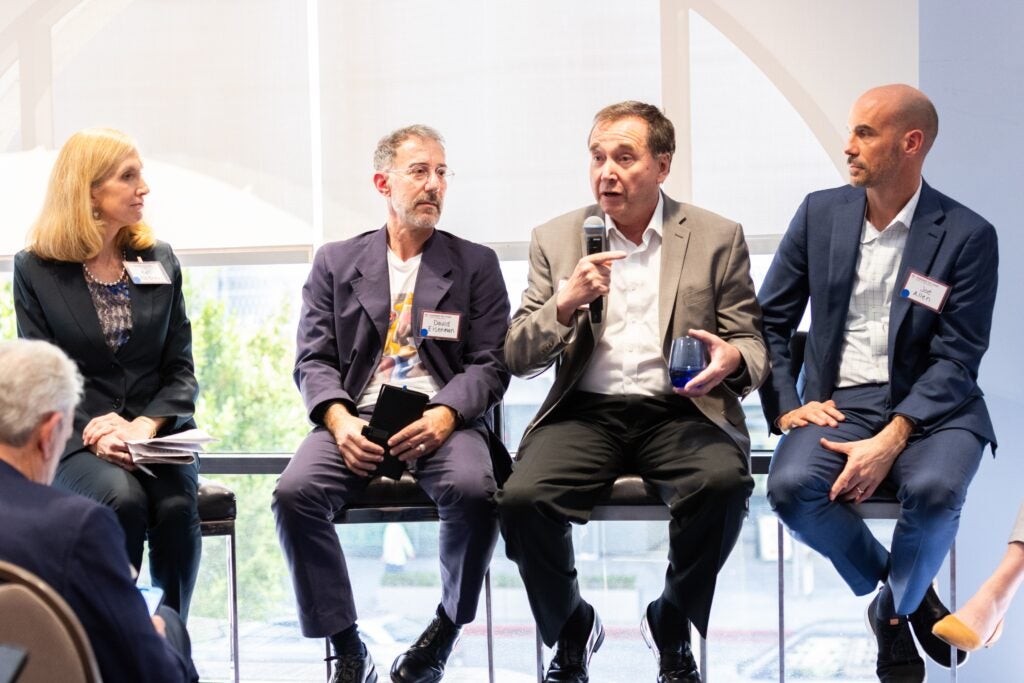
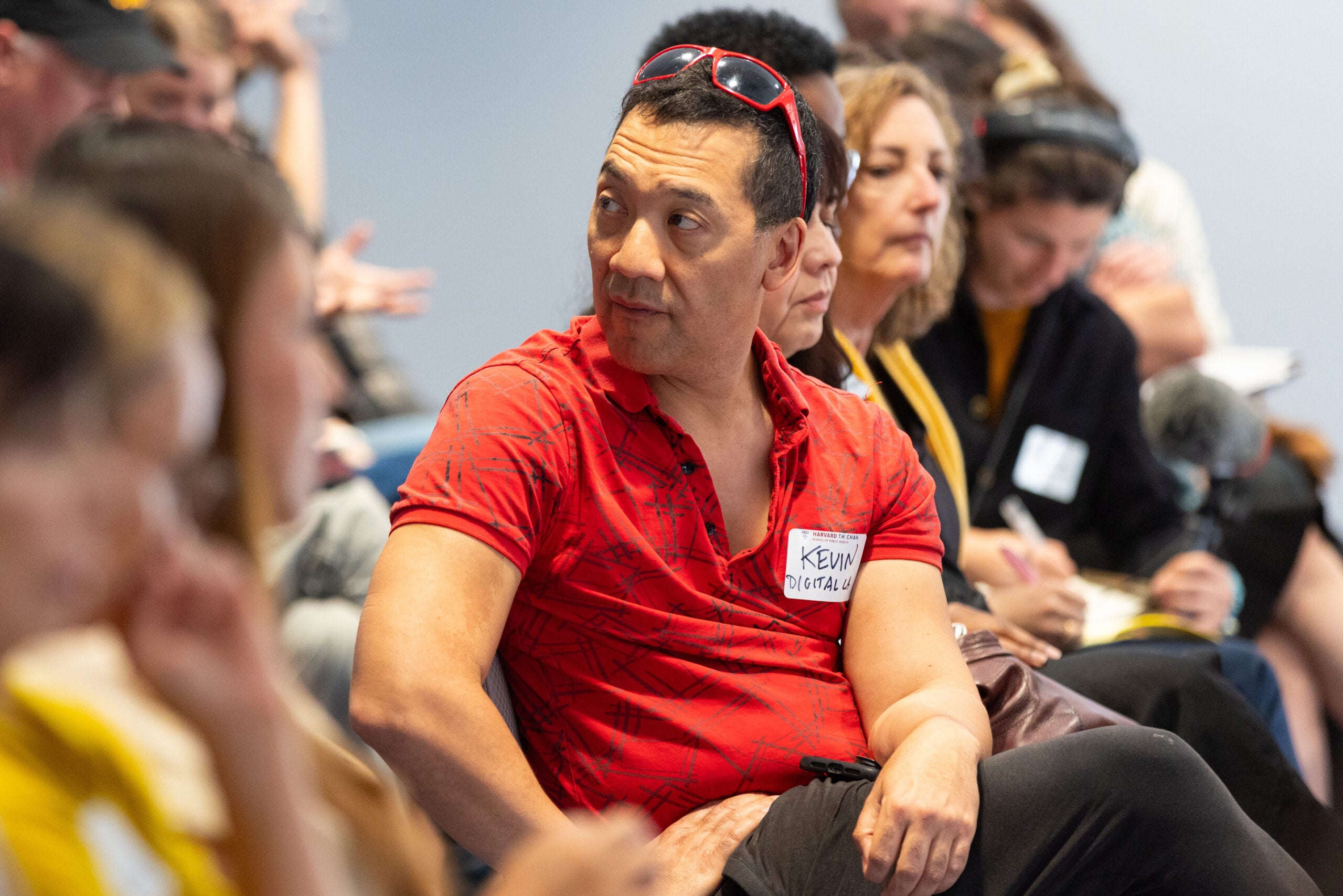
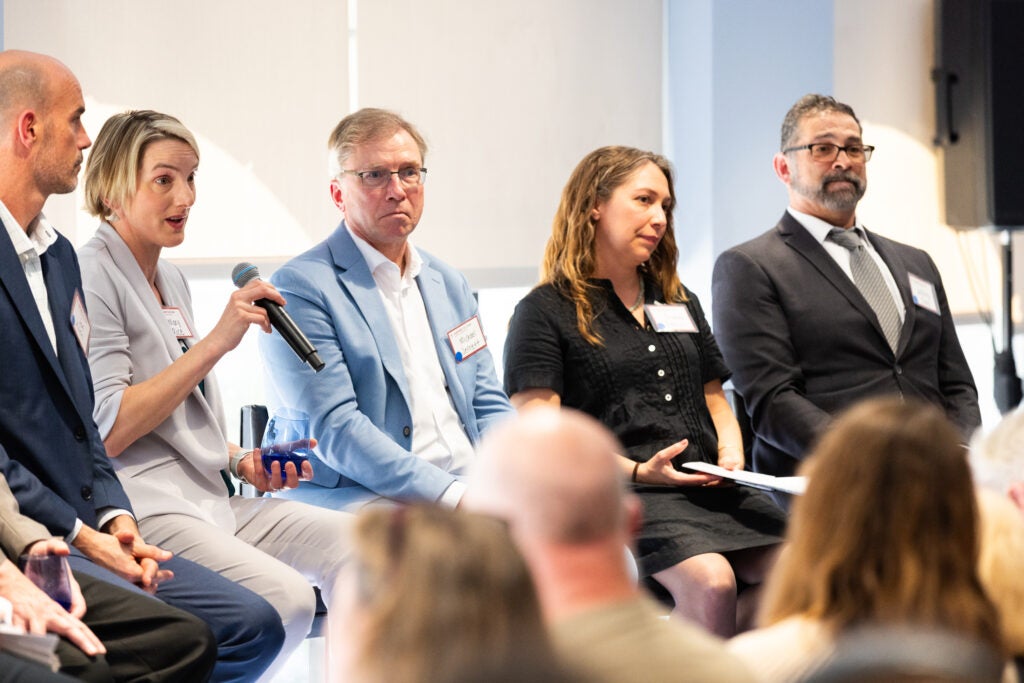
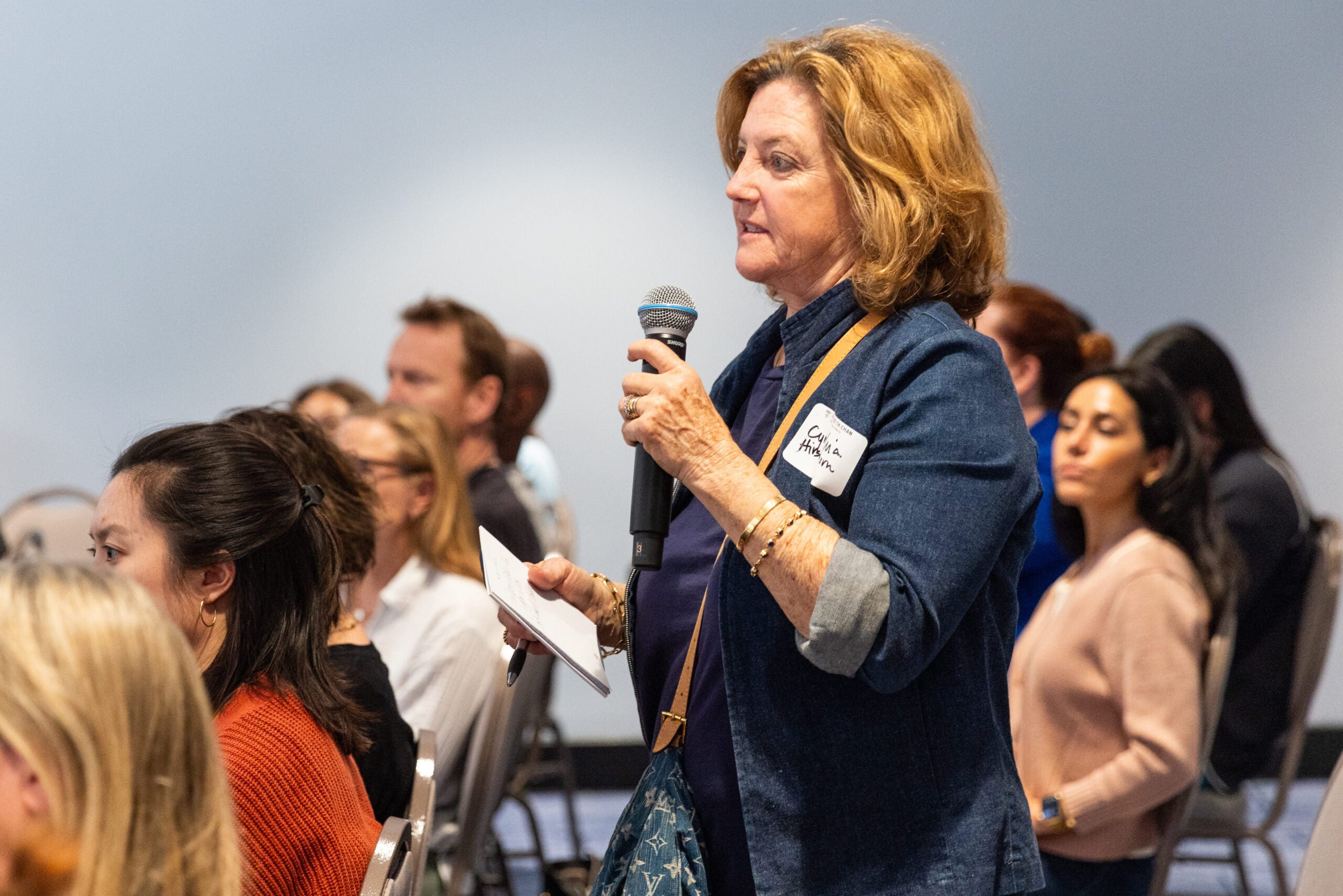
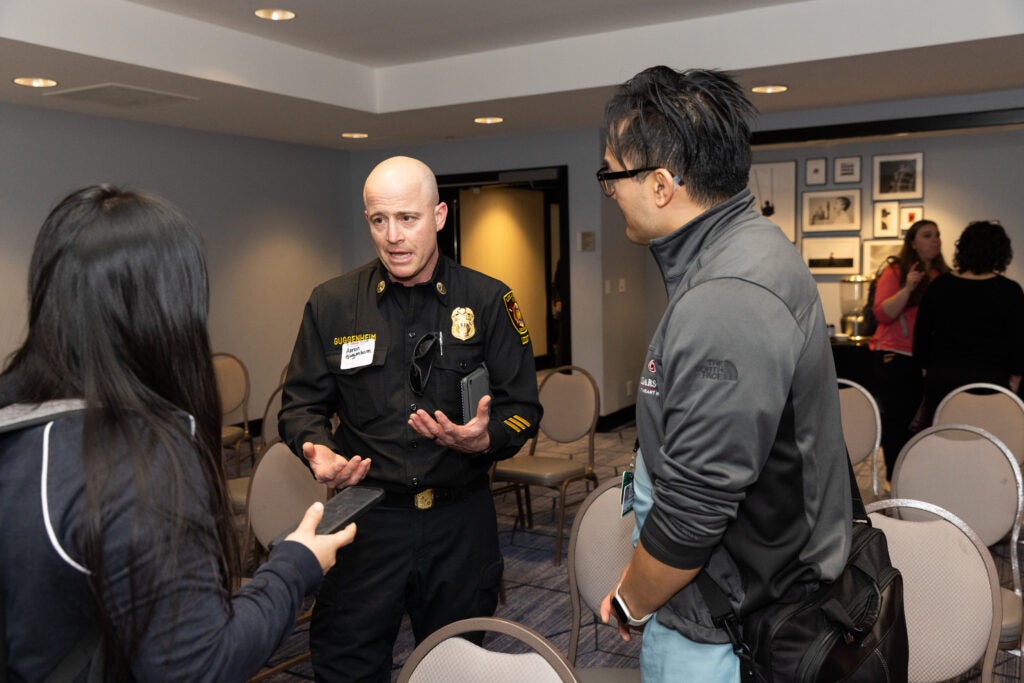
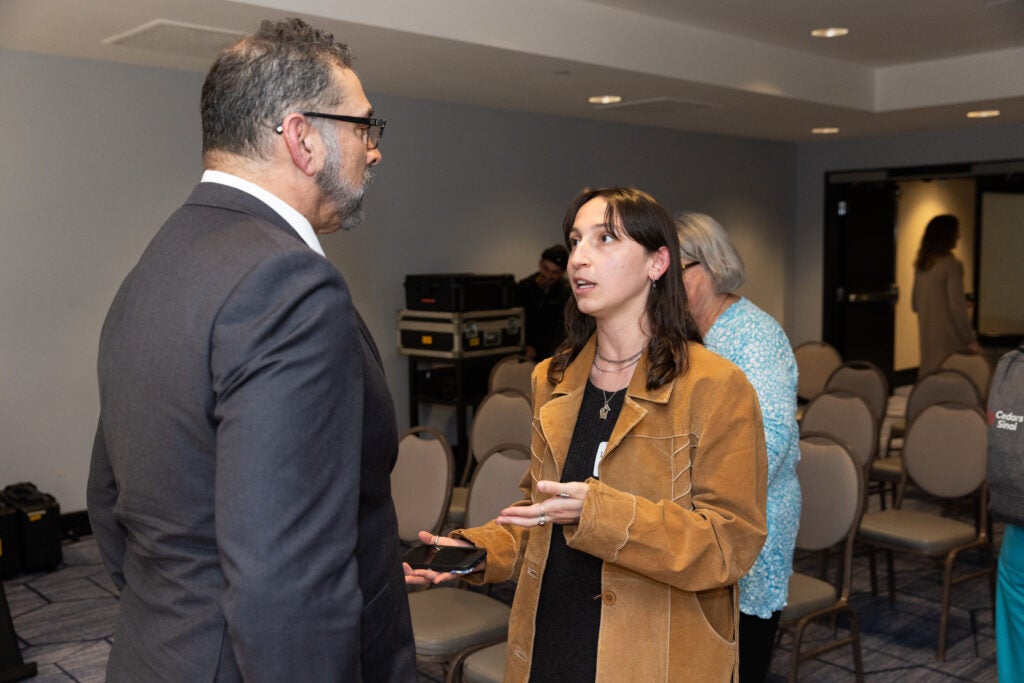
Research Team
Principal Investigator
Dr. Kari C. Nadeau, MD, PhD
- Chair, Department of Environmental Health, Harvard Chan School
- John Rock Professor of Climate and Population Studies, Harvard Chan School
- Professor of Medicine, Harvard Medical School
- Division of Allergy and Inflammation, Beth Israel Deaconess Medical Center
Dr. Joseph G. Allen
- Associate Professor of Exposure Assessment Science, Harvard Chan School
- Director, Harvard Healthy Buildings Program
Dr. Francesca Dominici
- Clarence James Gamble Professor of Biostatistics, Population, and Data Science, Harvard Chan School
- Director, Harvard Data Science Initiative
Dr. Amruta Nori-Sarma
- Assistant Professor of Environmental Health and Population Science, Harvard Chan School
- Deputy Director of C-CHANGE
Dr. Mary B. Rice
- Mark and Catherine Winkler Associate Professor of Environmental Respiratory Health, Harvard Chan School
- Director, Center for Climate, Health and the Global Environment (C-CHANGE)
- Director, BIDMC Institute for Lung Health
The University of California, Davis
- Dr. Anthony Wexler
The University of Texas at Austin
- Dr. Dave Allen
- Dr. Lea Hildebrandt Ruiz
- Dr. Pawel Misztal
UCLA Fielding School of Public Health
- Dr. Michael Jerrett
- Dr. David Eisenman
- Dr. Yifang Zhu
Our work centers around trying to get people the answers to the questions we know everybody has. What are the pollutants they should be worried about? At what levels are we seeing them in their homes, office, and schools? What can you do to reduce that risk? And importantly, how do these change over time? We’re taking air, water, and dust samples with a goal of figuring out how to protect people better, both the people in LA and those who we know will be impacted by future wildfires.
Dr. Joseph Allen
Scientific Innovation and Impact
This research initiative breaks new ground in environmental health science through:
- Integration of advanced exposure assessment with health outcomes
- Comprehensive analysis of complex urban wildfire emissions
- Novel approaches to tracking population-level health impacts
- Innovation in environmental monitoring methods
- Development of evidence-based intervention strategies
- State of the art data science and AI approaches to assess causality
- Real-time community engagement and protection guidance
- Development of resilience metrics and community preparation frameworks
- Creation of evidence-based protocols for future urban wildfire response
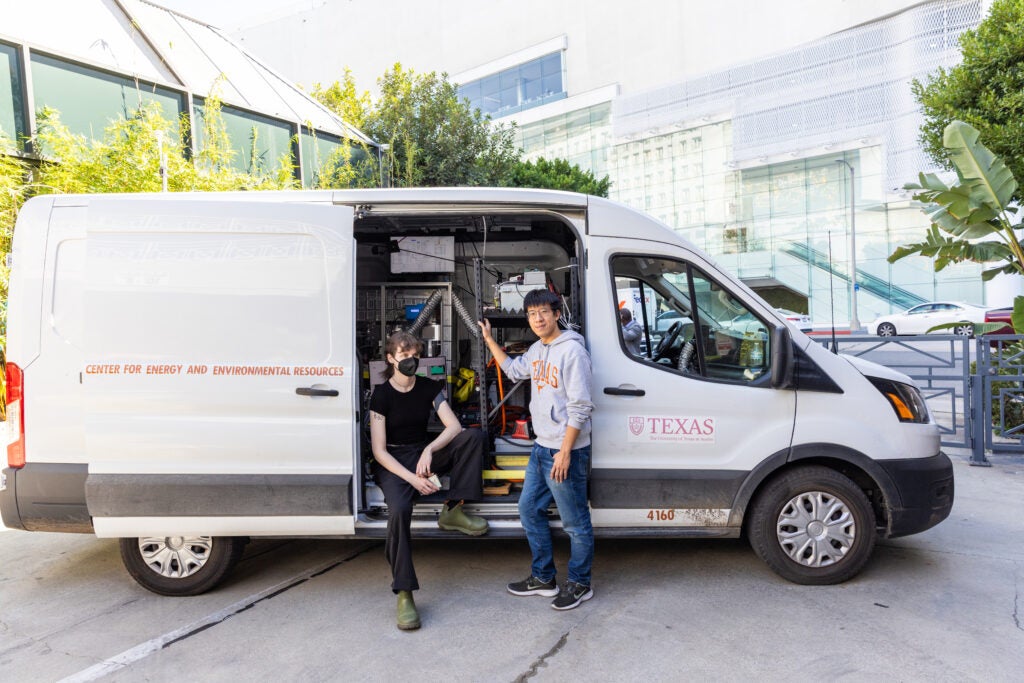
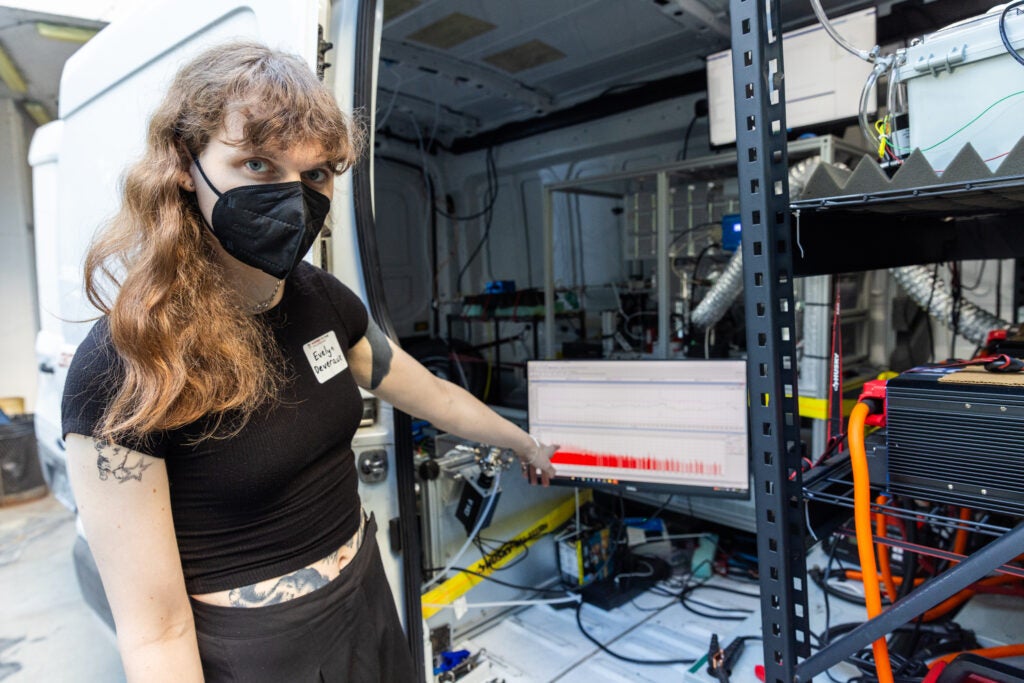
Consortium Leadership and Capabilities
This groundbreaking research initiative brings together leading institutions across California and the nation, leveraging complementary strengths to deliver rigorous science that serves communities.
This multi-institutional approach ensures we can deploy the most advanced scientific methods while maintaining strong connections to affected communities. By combining each institution’s unique capabilities, we create an unprecedented platform for understanding and addressing urban wildfire health impacts.